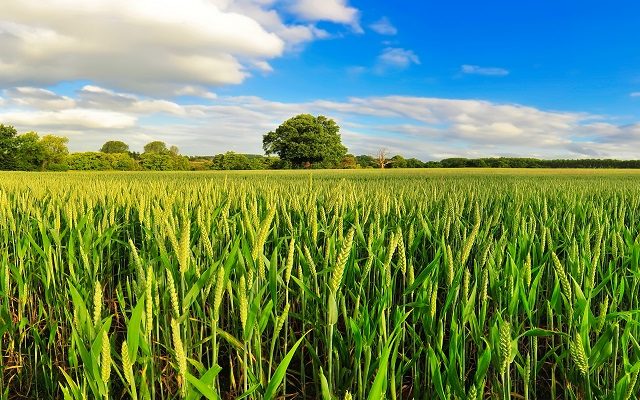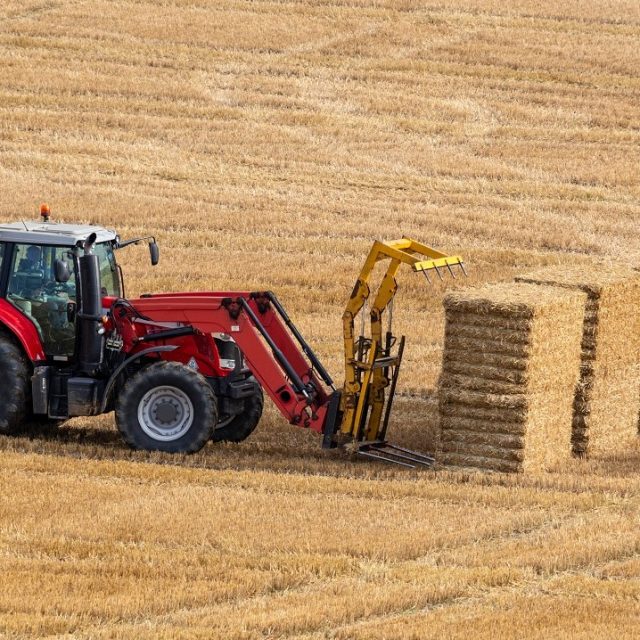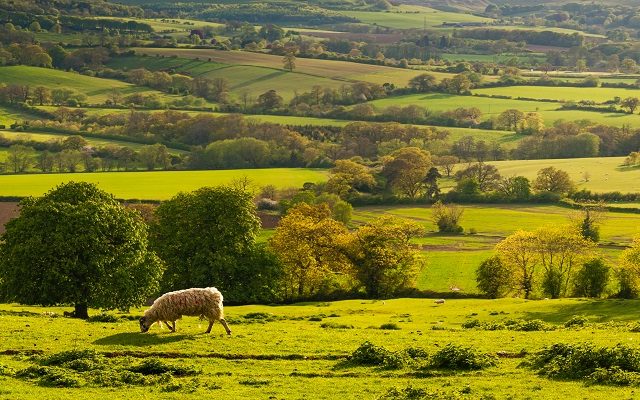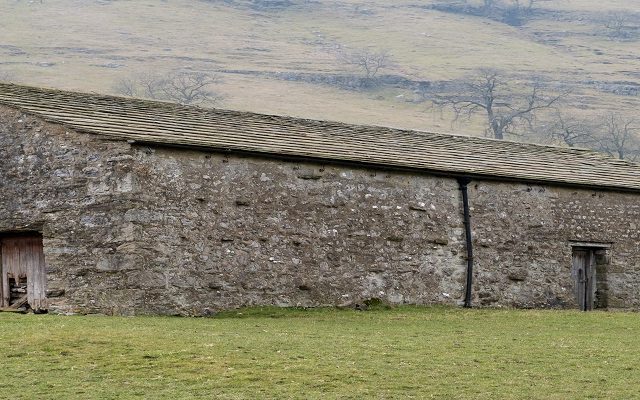The Farming Investment Fund explained
A central plank in Defra’s strategic vision to raise agricultural productivity in an environmentally sustainable way is the delivery of grant support to enable more farmers to invest in new equipment and technology.
As direct payments are phased out, Defra is introducing a range of new schemes – one of the first being the introduction of the Farming Investment Fund.
This will be an evolution of the existing Countryside Productivity Scheme which has proved very popular over the past few years. It will provide part-funding for farmers who are looking to invest in equipment and projects which will improve profitability and deliver environmental goods.
The Farming Investment Fund is a catch-all name for two streams of grant support.
Defra has said the both schemes should launch in autumn 2021, when it will publish more details of the projects that will be eligible for support.
However, it has given a framework of how things will work to enable farmers to plan ahead.
Smaller value items
The Farming Equipment and Technology Fund (FETF) will offer smaller grants probably at levels similar to the Countryside Productivity Small Grant Scheme (£3,000-£12,000) to pay towards the purchase cost of equipment, technology and small infrastructure investments.
The items eligible for funding will be included on a set list and there will be a simple online application and approval process. A clear grant value will be assigned to each item, which is likely to equate to 40% of the standard cost.
One of the differences between this and the existing Countryside Productivity Small Grant Scheme is that agricultural contractors will also be eligible to apply.
Defra has also said it is in the process of updating the list of eligible items so it is more reflective of the industry as a whole. When the small grants scheme first launched it was skewed more towards the livestock sector, so efforts are being made to ensure there are items of interest to farmers, growers, contractors and foresters.
For the equipment and technology grants, once the application windows shuts there will be a short period to appraise and score applications before grant funding agreements are issued.
Farmers will then be given a set period within which they must accept their agreement via an online acceptance portal, purchase their grant item, and claim back their grant funding
Higher value items
The part of the fund which will be designed to support larger or more complicated investments is the Farming Transformation Fund.
It is based on the Countryside Productivity Large Grant scheme which has traditionally been structured around a number of themes. In the past it supported water resource management, adding value to agri-food and improving farm productivity.
Defra is currently consulting with industry stakeholders to assess which themes to support in future. However, it has said the kinds of things grants might be awarded for could include:
- on-farm water storage infrastructure, including reservoirs
- precision agriculture equipment (for example, low emission and variable-rate nutrient or pesticide application)
- robotic or automated technology
- equipment and technology for storing, sorting, or processing products.
The transformation fund is likely to involve a two-stage application process, including an initial Expressions of Interest, where Defra will assess eligibility to guide applicants ahead of them being asked to submit a full application.
At the second stage, applications will be scored against selection criteria before a decision on whether to award grant funding is made.
To make the process easier for farmers, Defra has designed an online eligibility checker, which is currently being tested with users.
In contrast to the fund for smaller value items, successful applicants to the transformation fund may be paid their grant in several instalments because the amounts involved will be larger.
Farmers should be able to apply themselves or use an agent, so long as the agent has the necessary permission on the Rural Payments system.
The fund is scheduled to run to at least 2025/2026.






